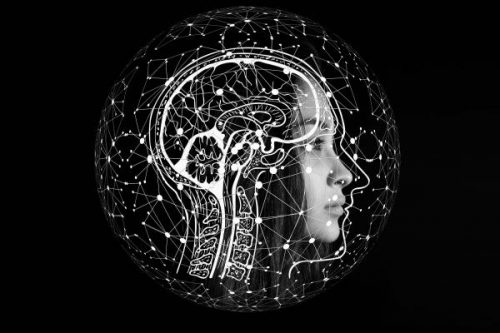One part of the brain conjures up an image based on the data it receives from the eyes. Other parts of the brain interpret it. The gift of sight involves much more than just the eyes.

Mosman, Australia - September 5, 2021 /NewsNetwork/ —
The Gift of Sight: How Eyes and Brain Work Together
Sight begins in the eyes. But it doesn’t end there. The brain is needed to process and interpret data from the eyes. It’s not a simple process. One part of the brain conjures up an image based on the data it receives from the eyes. Other parts of the brain interpret it. The gift of sight involves much more than just the eyes. Gary Rodney, a behavioural optometrist and an expert in the field of myopia control guides us through a complex process that is often taken for granted: seeing.
The Brain’s Role in Vision
It all begins when a person decides to look at something. A part of the brain stem known as the “pons” tells the eyes to move towards the object, setting the surprisingly complex process that is vision into motion.
The brain is clearly divided into lobes, and the first part of the brain to process visual information is the occipital lobe which is situated at the back of the brain. The occipital lobe’s role in vision is proven and not just a matter of conjecture. When people suffer damage to this part of the brain as a result of illness or injury, they may experience visual disturbances, or even lose their sight completely.
There’s a difference between having an image and understanding it, and the occipital lobe can’t help with the latter. Instead, visual information requires further processing, and different parts of the brain do the work.
Visuospatial cognition takes place in the parietal lobe. This part of the brain is the seat of depth perception and helps with the coordination of movement based on data such as direction and distance. Reaching for, and successfully grasping an object, for example, requires several pieces of information. Recognising the object is a good start, but if it is to be handled, its location in relation to the body is a vital piece of information.
But recognition doesn’t take place in the parietal lobe. For that, the temporal lobe must contribute its share to the process of vision. It’s the seat of memory and it’s able to turn an image into something that’s recognisable based on prior experience.
Until quite recently, experts believed that the frontal lobe wasn’t involved in processing visual information, but it’s now believed to have a rather important role. The theory is supported by information from MRI scans that showed frontal lobe activity during the performance of certain visual tasks.
It’s believed that this part of the brain “focuses” on specific objects. To illustrate this, imagine a room full of various objects. A person is looking for his or her car keys, but plenty of other things are in view. The frontal lobe might be the part of the brain that helps with spotting those car keys among the clutter of other objects in view.
Super-Quick Communication Through a Neural Network
In order to transfer information from the eyes to the different parts of the brain that use and interpret visual information, a super-fast information highway is needed. The retina of the eye has special light-sensitive cells called rod and cone cells. When light strikes one of them, it sends a nerve impulse through the optic nerve to the occipital lobe which processes the information to make up part of an image.
But the image is without any meaning until the occipital lobe is able to match it with a memory. If there’s no match, this part of the brain will store it as a new memory, or it will still retain the memory if only temporarily, categorising it into understandable information that can be used like “Oh that’s where the car keys are!”
It’s remarkable how quickly this all happens. Some researchers have equated the “speed of sight” as being equivalent to that of a good Ethernet connection, but that’s rather conservative as estimates go. It can be even faster. It’s theorised that the brain prioritises information and works a little more slowly when it deems information less than vitally important, saving its top speed for urgent data – like that obtained from rapidly approaching objects.
Behavioural Optometry: When Eye Tests are About More Than Just Eyes
With so much more than eyes involved in vision, it should come as no surprise that some optometrists do much more than just testing the physical ability of the eyes to see clearly. “There’s a lot more to vision than just seeing,” says Gary. “That’s why behavioural optometrists test for visual skills as well as visual acuity. When visual skills need to be developed, it’s more than just a matter of prescribing glasses, but proven therapies can often help with vision problems that go beyond mere eyesight.”
For more information on vision therapy and how it works, or to book an appointment, visit the Smart Vision website: Optometrists Sydney: Optometry Services For Children and Adults | Smart Vision; for specific information about Myopia treatment and prevention visit Myopia Prevention: Solutions, Control And Treatment In Sydney; and for detailed information about Myopia Treatment visit Orthokeratology In Sydney: The Non Surgical Alternative.To book an appointment for a thorough eye check-up, click here or Call the Bondi clinic on (02) 9365 5047 or the Mosman clinic on (02) 9969 1600.
Contact Info:
Name: Public Relations
Email: Send Email
Organization: Eyes In Design Mosman
Address: 832 Military Rd, Mosman NSW 2088, Australia, Mosman, NSW 2088, Australia
Phone: +61-2-9969-1600
Website: https://www.smartvisionoptometry.com.au/
Source: NewsNetwork
Release ID: 89043996
